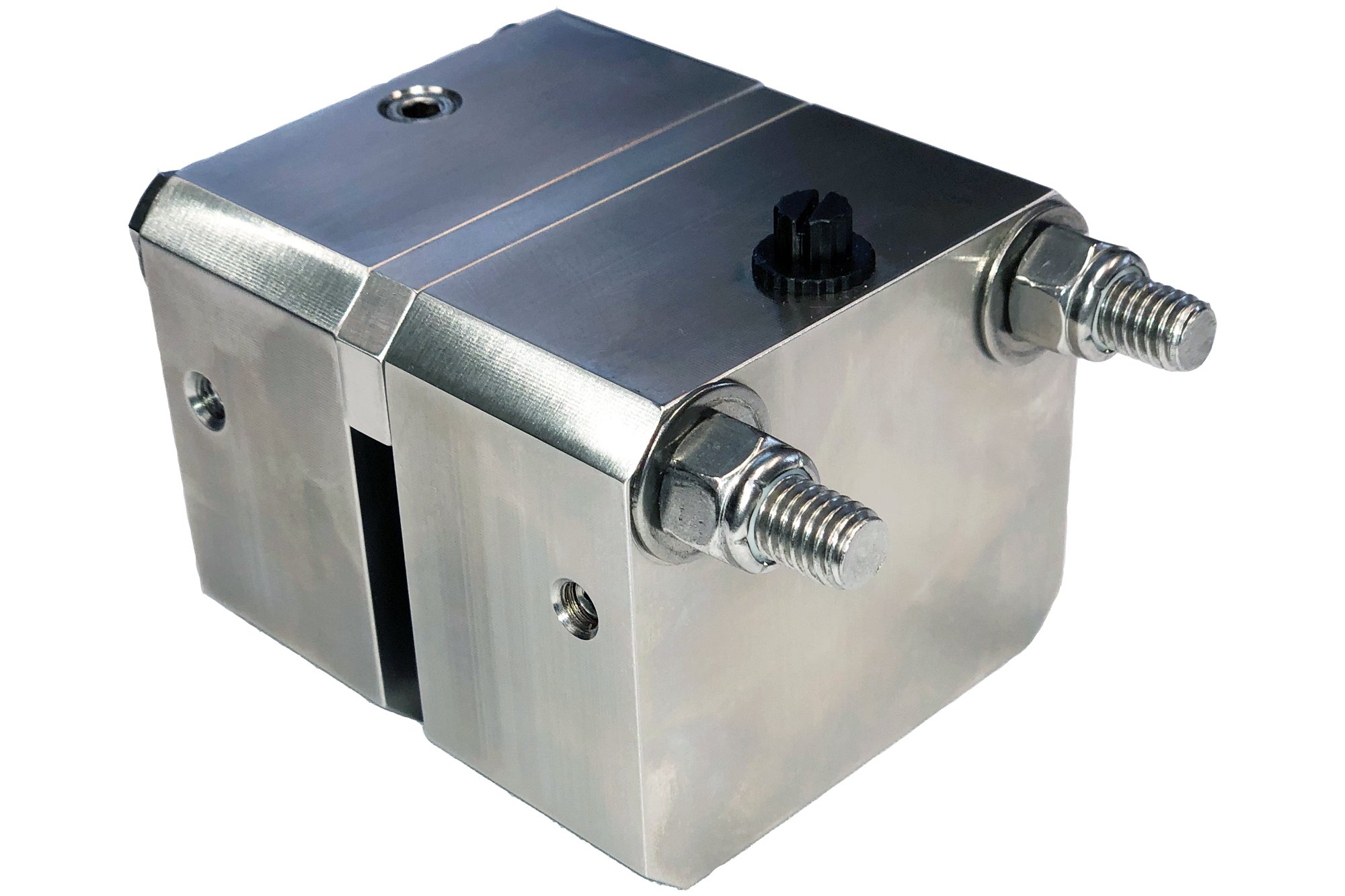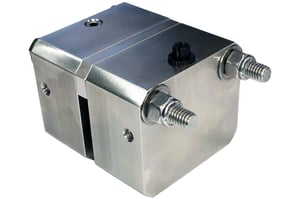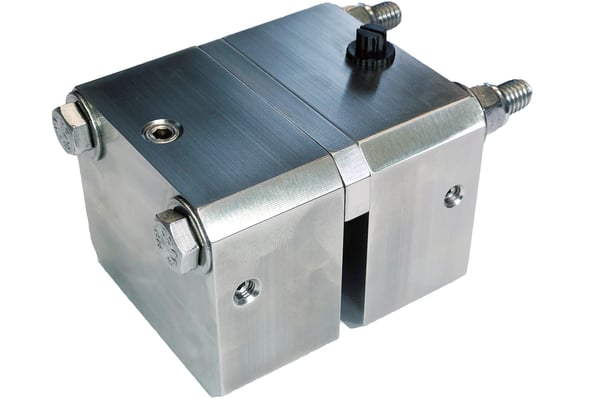
 Nobody loves a good challenge more than our design and engineering team at W.C. Branham. We get many opportunities to exercise our creativity because almost 40% of the work we do involves some amount of custom design. It might be a small tweak to a standard product, or it might be something entirely new, designed from scratch.
Nobody loves a good challenge more than our design and engineering team at W.C. Branham. We get many opportunities to exercise our creativity because almost 40% of the work we do involves some amount of custom design. It might be a small tweak to a standard product, or it might be something entirely new, designed from scratch.
Customers say they are excited to find us because we can help them devise solutions for even the most unique applications. And they are even more excited when our solution is a big success. Frankly, this process gets us pretty excited, too. As our VP of Engineering and General Manager Chad Randleman says, “Custom design is fun.”
It makes for good stories, too. Here’s what happened when an OEM called to say they needed a stainless steel brake to improve an existing piece of food processing equipment.
The Problem
The manufacturer’s equipment is used for skinning poultry, so it has to operate smoothly as well as efficiently. However, the current machinery used a chain-and-sprocket drive that produced a jerking and jumping motion that caused problems during operation. The OEM wanted to put a caliper brake on a rotating drive to smooth out the motion and prevent jerking and jumping. But, in food processing, all components and materials must meet exceptionally high cleanliness standards. Typically, that means stainless steel – but making a caliper brake out of that material had never really been done before.
Our Solution
“They needed only a very light amount of tension,” Chad explains. “So we did a couple of unique things.” First, the team made friction pads and pistons – the components that actually grip the disc to provide clamping – out of food-grade plastic. Friction materials are always a wearable item, regardless of the material used. But because the application required food-grade materials, standard materials were not an option. In fact, no supplier sells food-grade friction materials.

“We proposed using food-grade plastic, not really knowing what the result would be,” Chad admits. How quickly would it wear? Would it provide enough friction? To test the plastic friction pads, Branham built four R&D prototypes using standard caliper brakes. The pads worked well. The application requires very light drag, so there’s not much pressure, resulting in a low wear rate.
But the rest of the caliper brake had to be made entirely of stainless steel. Normally, higher production brakes are made of casting, which minimizes machining and improves manufacturing time. With stainless steel, Branham had to start with standard bar stock – square or rectangular blocks – and mill each shape as needed to make the brake housing.
Chad says the team produced a couple of different designs, one single-piston and one dual-piston, because there was some question about how much torque and tensioning would be required. They gave the client drawings, the client chose one design and ordered a prototype for testing. The client now plans to use this new brake on all the new equipment they manufacture.
A Successful Solution, and Fast, Too
Custom design is about finding unique solutions to unusual problems. Every project is different, but for the Branham team, the process follows a “standard” pattern. A customer presents their challenge, the team devises a solution, it is proven through testing, and if it works, the client adopts the product. One prototype becomes multiple orders.
Even better for prospective clients, the process proceeds surprisingly swiftly. With the stainless steel brake project, the OEM placed their initial call on April 22, and by May 3, just over a week later, the Branham team had made the proposed food-grade plastic friction materials, installed them into four standard caliper brakes, and sent them off to the OEM for trial. By September 5, after a few additional design tweaks, the OEM had ordered the new stainless steel brakes to put into production at their manufacturing facility.
Chad says WC Branham has done four different custom projects from scratch in just the last four or five months, all resulting in formal orders from customers. Each opportunity calls for creative application of design and engineering principles as well as experience, yet they go smoothly because we apply our proven design processes. No wonder the Branham team thinks custom work is fun. Will your project be our next challenge?


